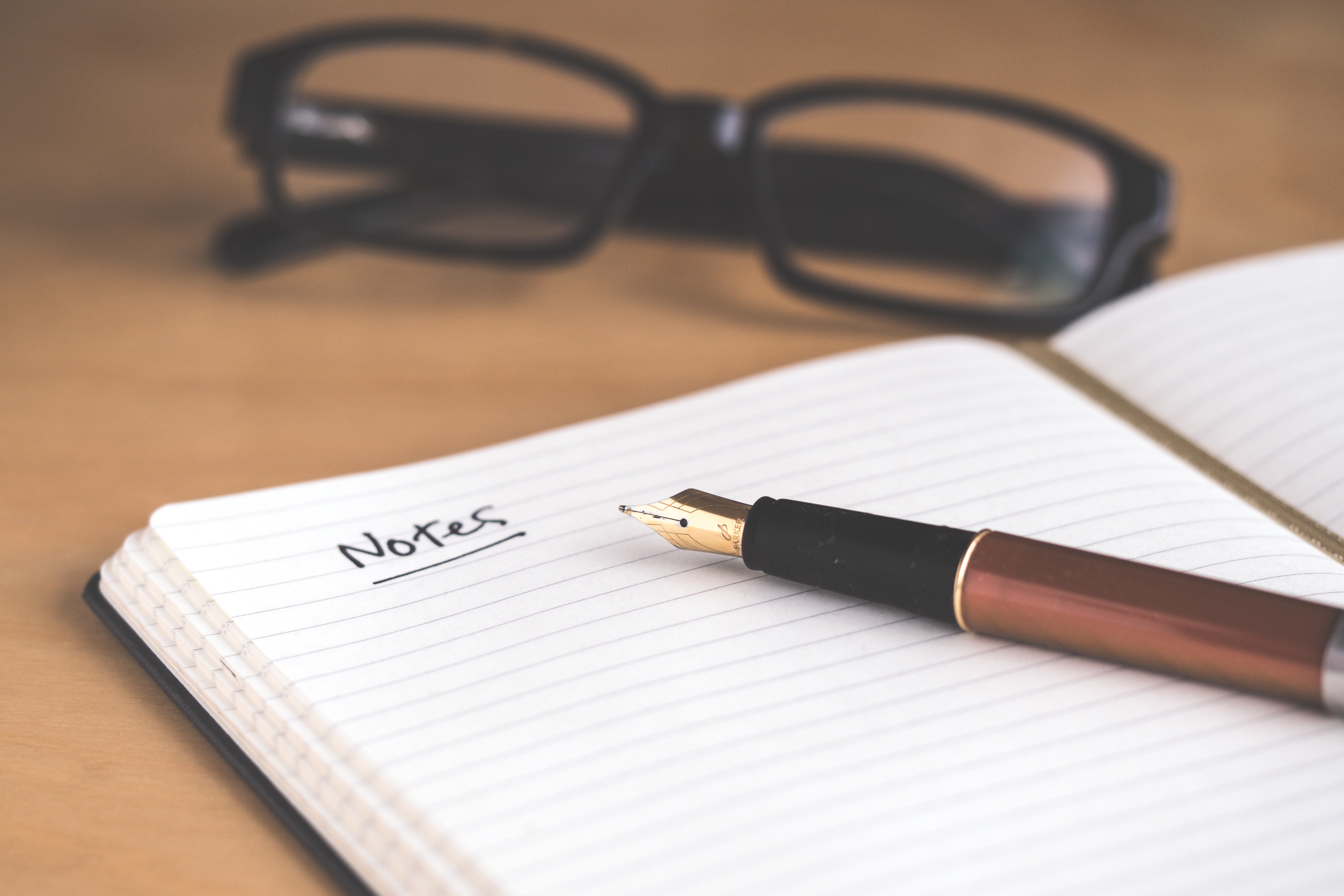Coffee Chat Note Taking Tips
Tips on how to take good notes during a coffee chat and your next steps.
Macy So
Last Update 3年前

Cornell method: In the Cornell method, your notes take the form of two columns: one small column on the left side and a larger column on the right. The left column highlights key ideas from the meeting, while the right column drills down into the details of the key ideas. Conversation will naturally shift from one topic to the next, so catching the key idea on the left, and drilling down finer details on the right can help you stay organized.
Outline method: In the Outline method, you list those key points out based on the agenda. Then, as the meeting progresses, take notes underneath each agenda item. This is like writing a summary. Ultimately, you might want to have the key points as questions, so as you go on asking mentors questions, you will be able to note them down accordingly.
Quadrant method: Separate your notes into four different quadrants, and label each section as general notes, action items for self, action items for other team members, and questions. In the general notes section, jot down key points and important details from the meeting. The rest of the quadrants are reserved for the items that fall underneath those headers.
Trying to copy meeting notes down word for word is a waste of both time and energy. A meeting consists of a lot of conversation—but not every part of the conversation is necessary for those reading meeting notes later on. Write down the key points that are discussed, the outcomes of that discussion, and any next steps so that you can focus on the actionable work that matters most.
If you're hand writing your notes, use shorthand, symbols, acronyms, or abbreviations to get common phrases or ideas onto the page quickly. Just be sure to create a legend or a key beforehand so you know what your shorthand means later on.
Whether you're using a meeting note template or a meeting minute template, using a pre-built template can help expedite your note-taking so you don't have to prep or format as you go. Regardless of who is taking notes, all of your meeting notes will follow a consistent structure and everyone on the team will know what information to expect.
With many people (including mentors) are working remotely, it can be easier to record and share a video recording instead of writing meeting notes. Use integrations like the Zoom + Asana integration to transcribe the conversation so you can read the conversation later. By reading a transcription of the meeting, you can easily parse out the regular conversation from the key points and action items at a glance.
Before recording, it’s important to alert your mentors on the call that they will be recorded, and what the recording will be used for. Be sure to share both the recording and the transcript in a central location so that everyone on the team has access to it.
How to prepare for your Skilbi virtual coffee chats: tips on how to go through smooth and natural coffee chats, and ease your nerves before going into one
Create your own elevator pitch: can be used to help you start networking or if you need a refresh on how to introduce yourself at events
